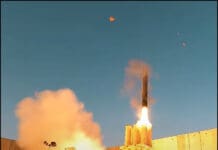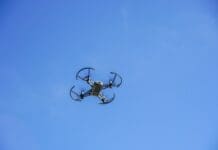This post is also available in:
 עברית (Hebrew)
עברית (Hebrew)
Researchers have demonstrated a new approach to wireless communication that could allow future 6G devices to locate and connect with each other almost instantly. The technique, based on controlled randomness in radio signals, achieves direction-finding accuracy within one-tenth of a degree, which is roughly ten times better than current methods.
Next-generation wireless systems will rely on extremely high-frequency signals capable of carrying vast amounts of data, but these signals are also fragile. Unlike traditional Wi-Fi, they travel in narrow beams and lose strength quickly, making precise alignment between transmitter and receiver essential. The new method addresses this challenge by enabling the two ends of a link to find each other automatically, even if the signal path is interrupted.
The team behind the study used an engineered electronic surface, known as a metasurface, to shape the behavior of radio waves. When broadband signals strike the surface, they scatter in distinctive patterns that vary with both frequency and direction. Each angle produces a unique electromagnetic “fingerprint,” allowing receivers to determine where the signal originated by matching it against a pre-recorded reference.
According to Interesting Engineering, the entire process takes only a few trillionths of a second, enabling near-instant lock-on and recovery of communication links. Earlier approaches could vary a signal only over time or frequency, but this system combines both, generating patterns that change continuously. That dual variation gives the receiver more data points to calculate direction, even in noisy environments or when bandwidth is limited.
To visualize the concept, the researchers compared it to a lighthouse that emits light of many colors. Each color’s brightness changes randomly over time, and ships at sea can determine their position by recognizing the unique mix of colors they receive.
As wireless communication evolves toward the terahertz range, such precise angle estimation will be crucial for maintaining stable, high-speed links. The findings suggest that “engineered randomness” could become a foundation for the next generation of network design — turning one of the biggest challenges in high-frequency communication into a practical solution for faster, more reliable 6G connections.
The research was published in the Nature Communications Engineering Journal.


























